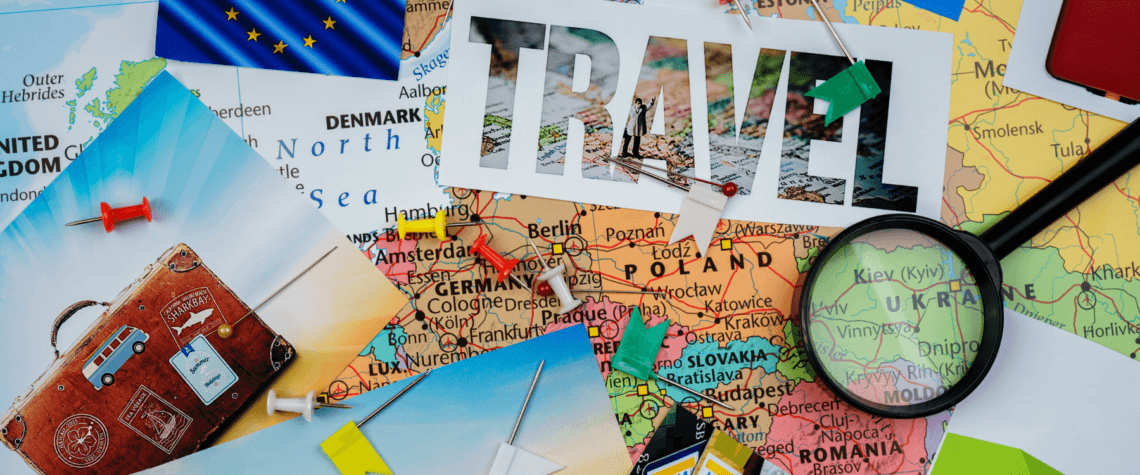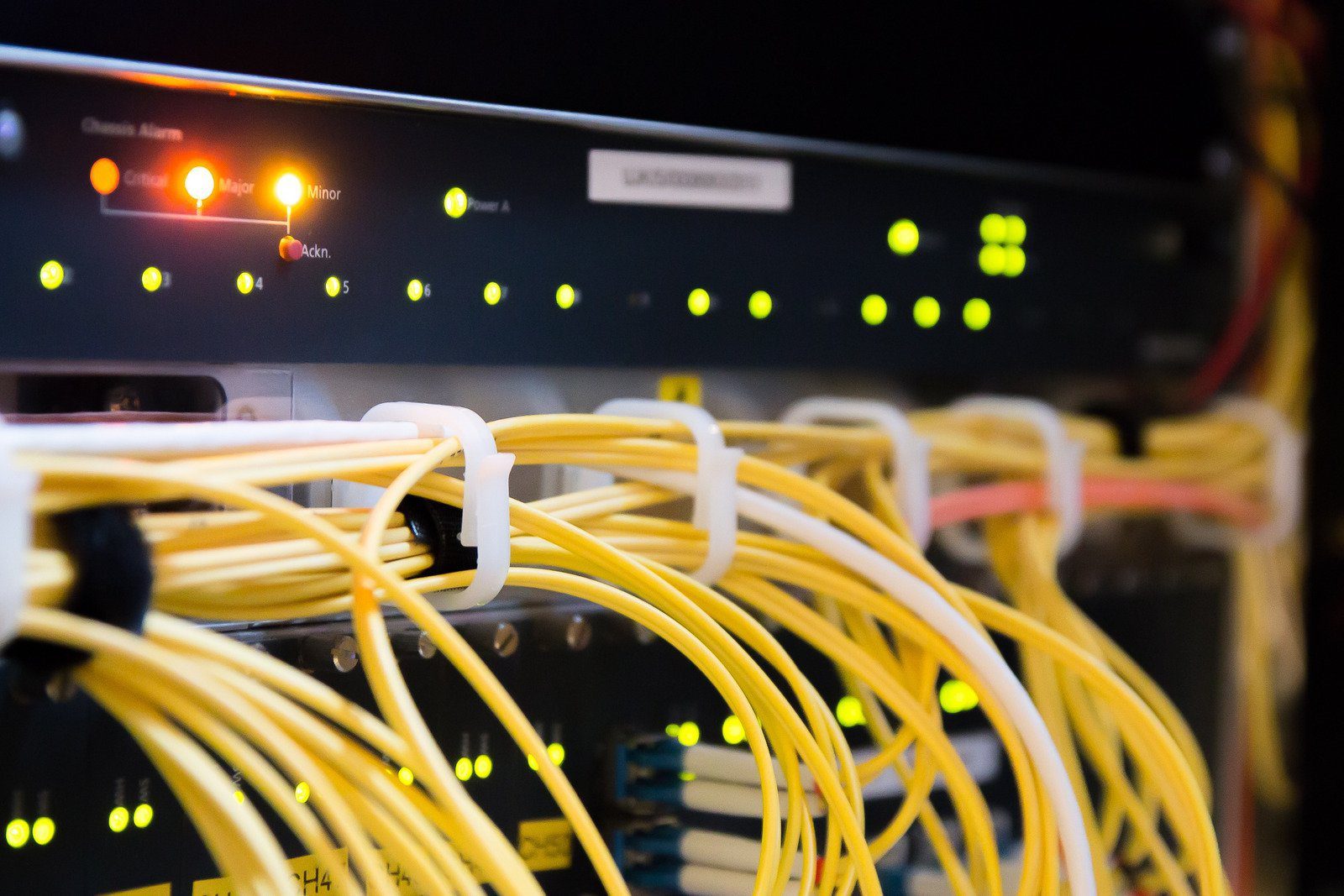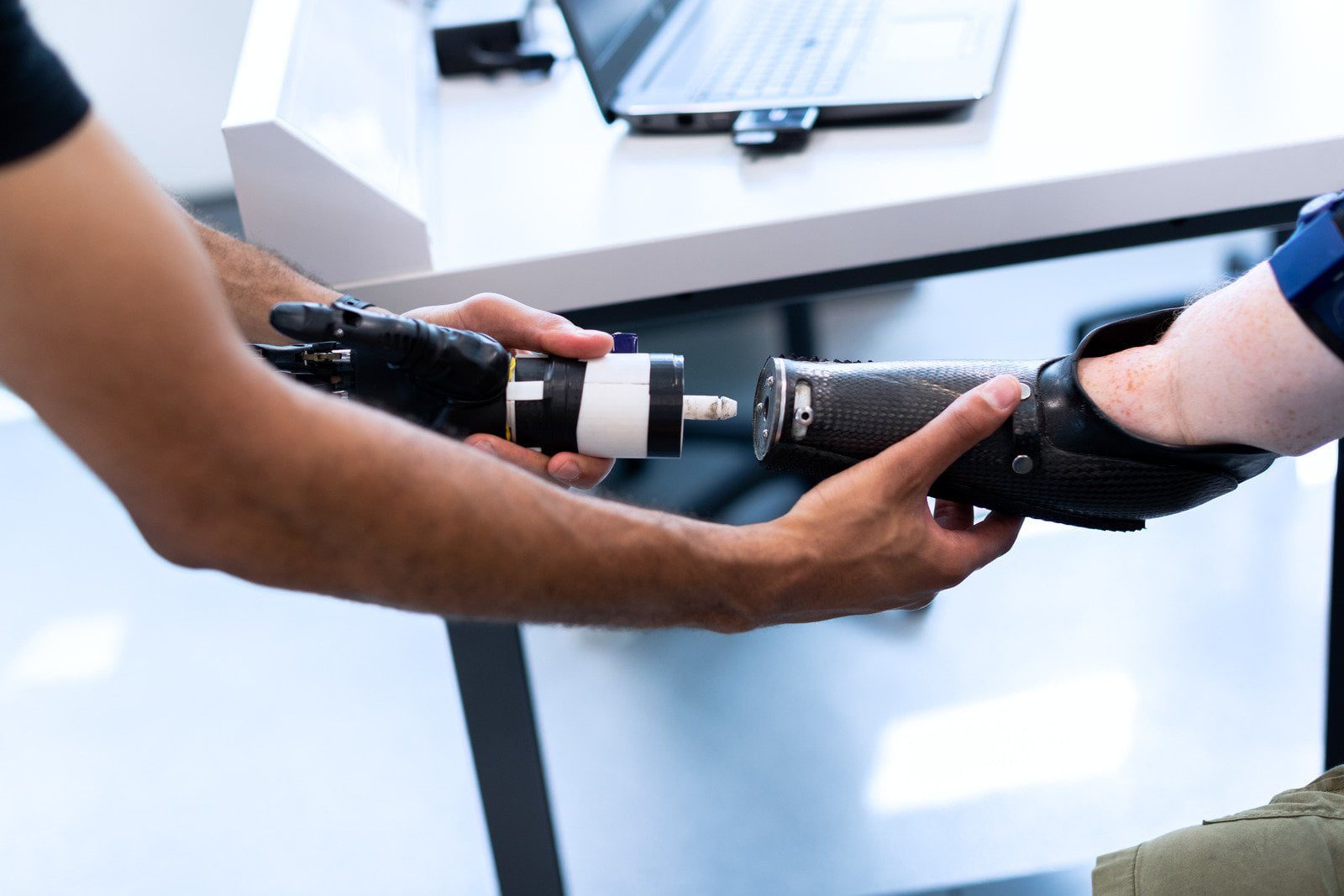From the invention of the telephone to the rise of social media, technology has continuously redefined the way we interact with each other. Today, we stand at a crossroads, where digital tools have woven themselves so deeply into the fabric of our lives that the lines between physical and virtual interaction are blurring. This article explores the profound impact of technology on human connection, examining both the opportunities and challenges it presents.
A World Connected: Bridging Distances and Fostering New Communities
Technology has revolutionized how we connect with loved ones, friends, and even strangers. Gone are the days of waiting for a letter or relying on expensive phone calls; video conferencing apps bring faces together across continents, fostering a sense of closeness despite physical separation. Social media platforms provide a virtual space for building communities around shared interests, offering a sense of belonging and connection for those who might otherwise feel isolated.
For geographically dispersed families, technology bridges the gap. Grandparents can witness their grandchildren’s milestones in real-time, and long-distance relationships can thrive with regular video calls and instant messaging. Online support groups offer a safe space for individuals facing similar challenges to connect and share experiences.
Furthermore, technology empowers collaboration across borders. Teams can work on projects together seamlessly, regardless of location, fostering innovation and expanding professional networks.
The Double-Edged Sword: The Cost of Convenience and the Erosion of Intimacy
While technology offers undeniable benefits, it can also come at a cost. The ease of digital communication can sometimes lead to a decline in face-to-face interaction. Texting and instant messaging, while convenient, lack the richness of nonverbal cues and emotional depth present in in-person conversations.
The curated online persona often presented on social media platforms can create a false sense of connection, fostering feelings of inadequacy or isolation rather than genuine intimacy. The constant barrage of notifications and the pressure to maintain an online presence can also contribute to feelings of anxiety and a diminished sense of “being present” in real-world interactions.
The Art of Balance: Cultivating Meaningful Connections in a Digital Age
To navigate this new landscape, we need to find a balance between the convenience of technology and the irreplaceable value of face-to-face interaction. Here are some ways to achieve this:
- Prioritize Quality Over Quantity: Focus on fostering deep, meaningful connections with a select few, rather than a shallow network of online acquaintances.
- Embrace Tech-Free Time: Set boundaries and carve out time to disconnect from digital devices, allowing yourself to be fully present in real-world interactions.
- Revive Traditional Forms of Communication: Write a handwritten letter, make a phone call, or schedule a face-to-face meeting to show friends and family you care beyond a simple text message.
- Utilize Technology for Good: Leverage digital tools to enhance your existing relationships, planning activities with friends or using video calls to connect with loved ones who live far away.
- Develop Digital Literacy: Be mindful of how technology is impacting your communication and emotional well-being. Learn to recognize the signs of digital overload and adjust your habits accordingly.
Beyond Connectivity: Fostering Empathy and Building Bridges
Technology can also be a powerful tool for fostering empathy and understanding across cultures and backgrounds. Social media platforms can connect individuals with diverse viewpoints, and online forums can provide a platform for open dialogue and exchange of ideas.
Virtual reality experiences can transport users to different environments, fostering a sense of shared experience and promoting cultural understanding. However, it’s crucial to remember that online interactions are not a substitute for real-world experiences. Building genuine empathy requires active listening, face-to-face interactions, and an open mind.
The Road Ahead: Shaping Technology for a More Connected Future
As technology continues to evolve, it’s our responsibility to ensure it serves as a tool for enhancing human connection, not replacing it. Here are some ways to move forward:
- Prioritizing Ethical Design: Technology companies should design platforms that encourage meaningful interaction and prioritize user well-being over engagement metrics.
- Promoting Digital Literacy: Educational initiatives can equip individuals with the skills to navigate online spaces critically and cultivate healthy digital habits.
- Focus on Human-Centered Design: Technology should be designed to augment our human strengths, not replace them.
- Shaping Responsible Online Behavior: Social media platforms can promote responsible online behavior by encouraging respectful interactions and discouraging cyberbullying.
The future of human interaction is intricately linked with the future of technology. By embracing the positive potential of digital tools while acknowledging their limitations, we can cultivate a world where technology enhances our connections with each other, fostering a more inclusive and empathetic society.
















